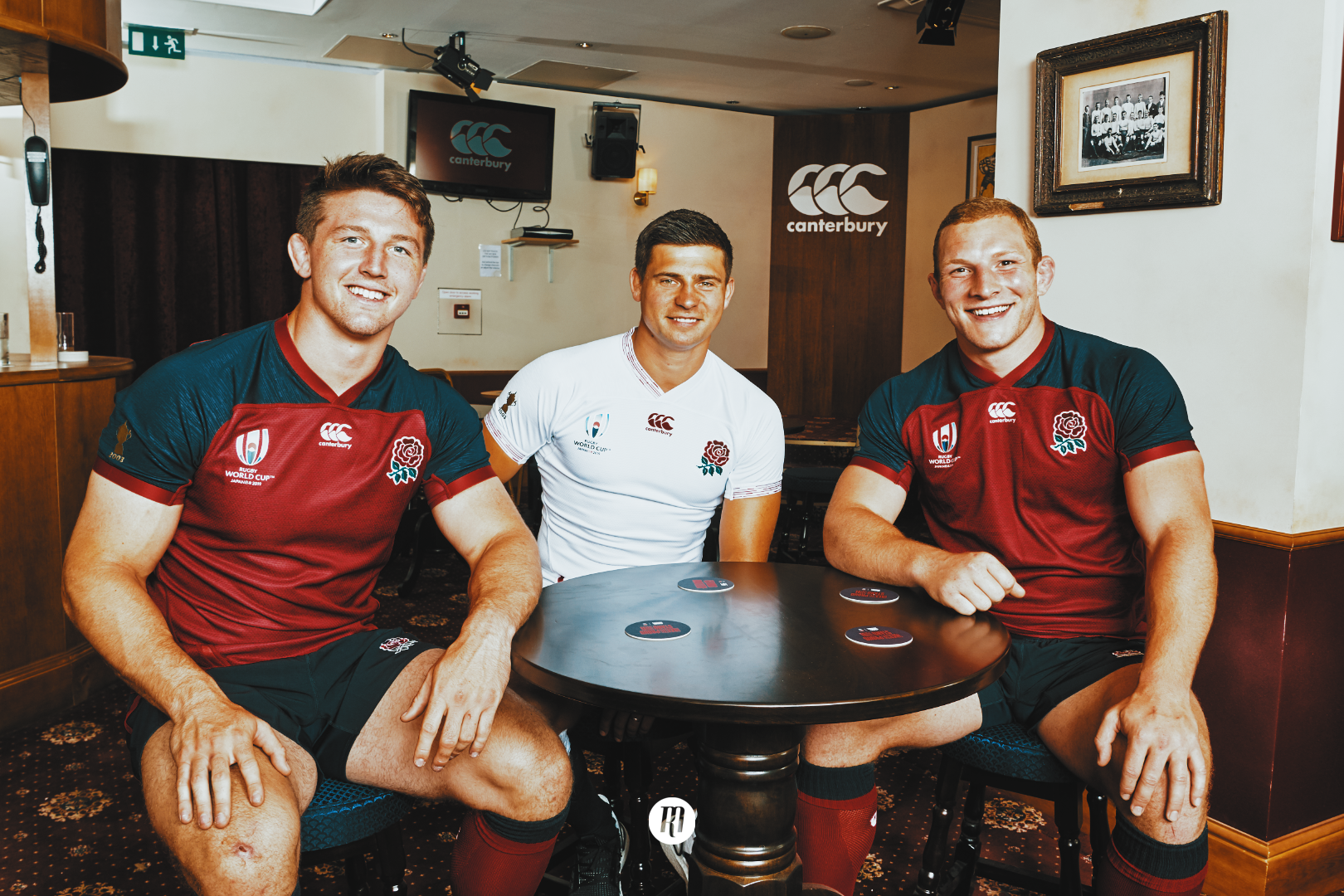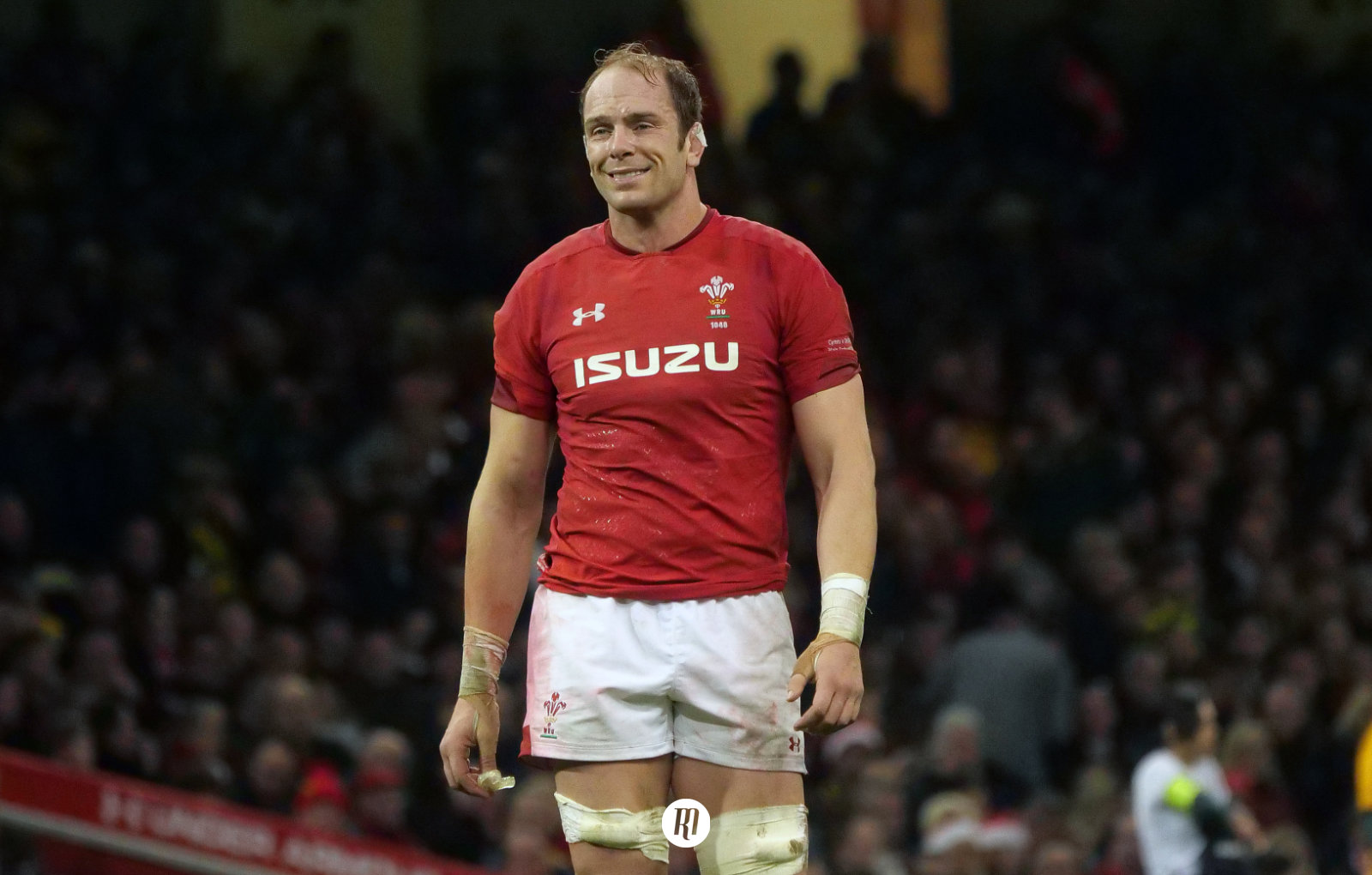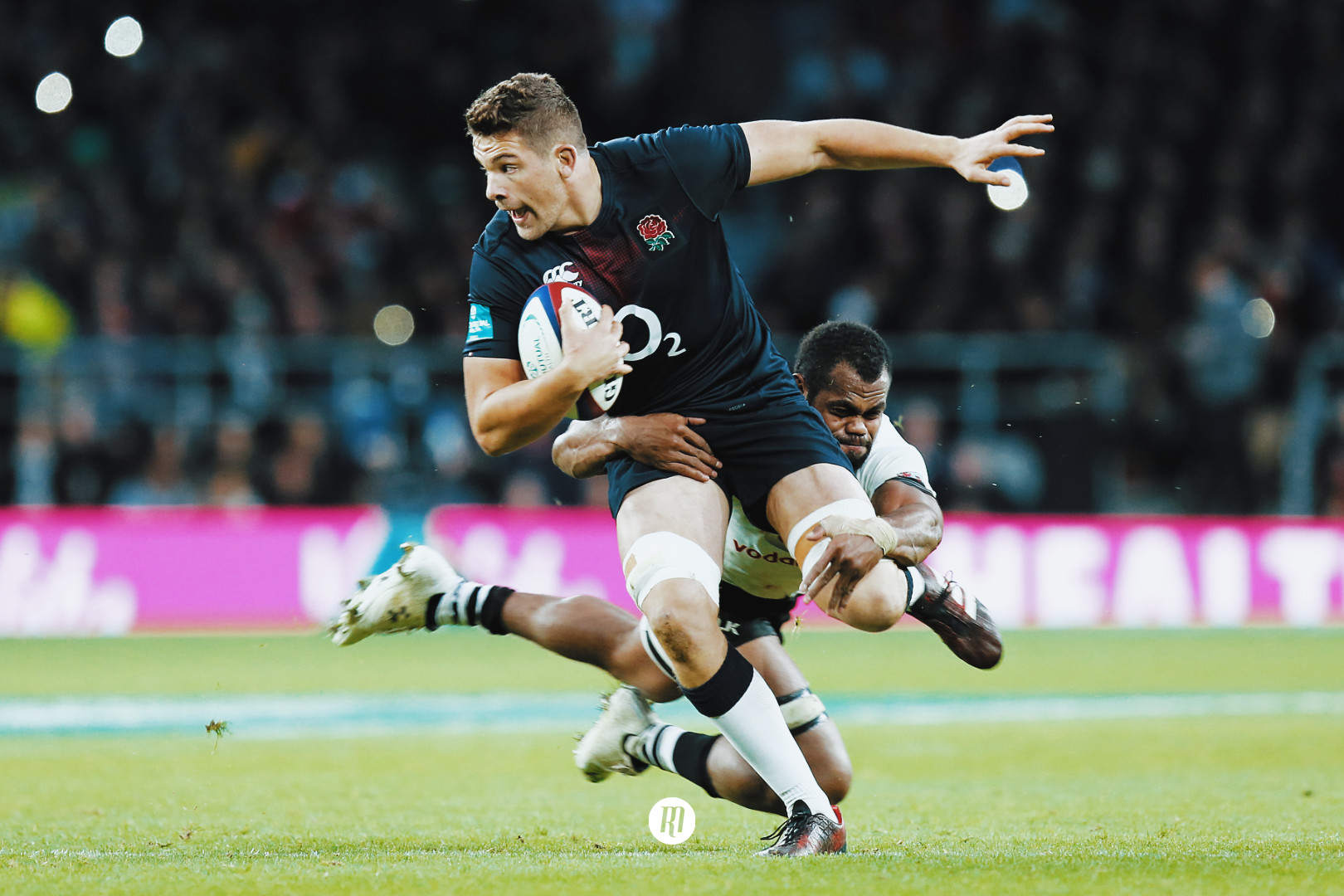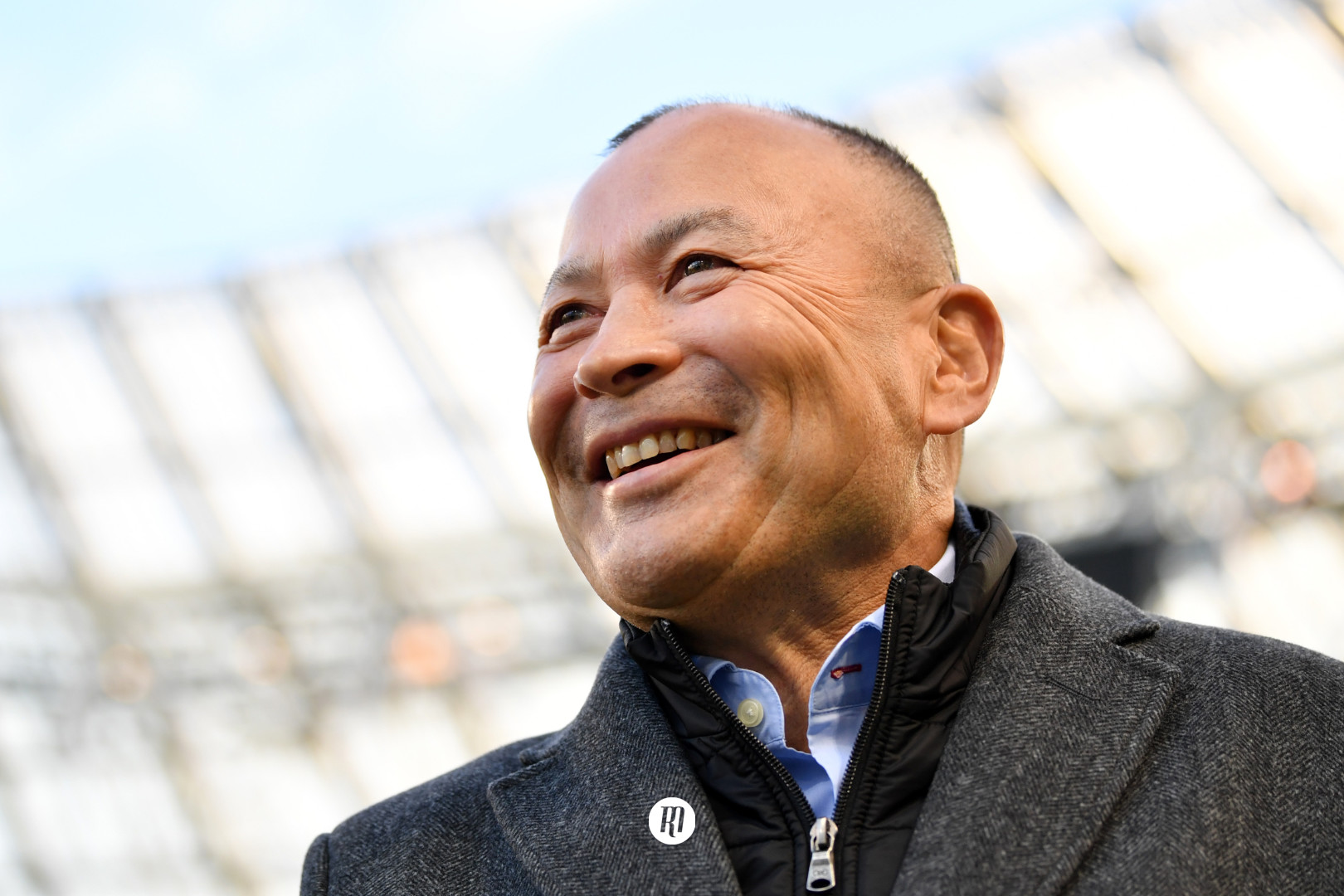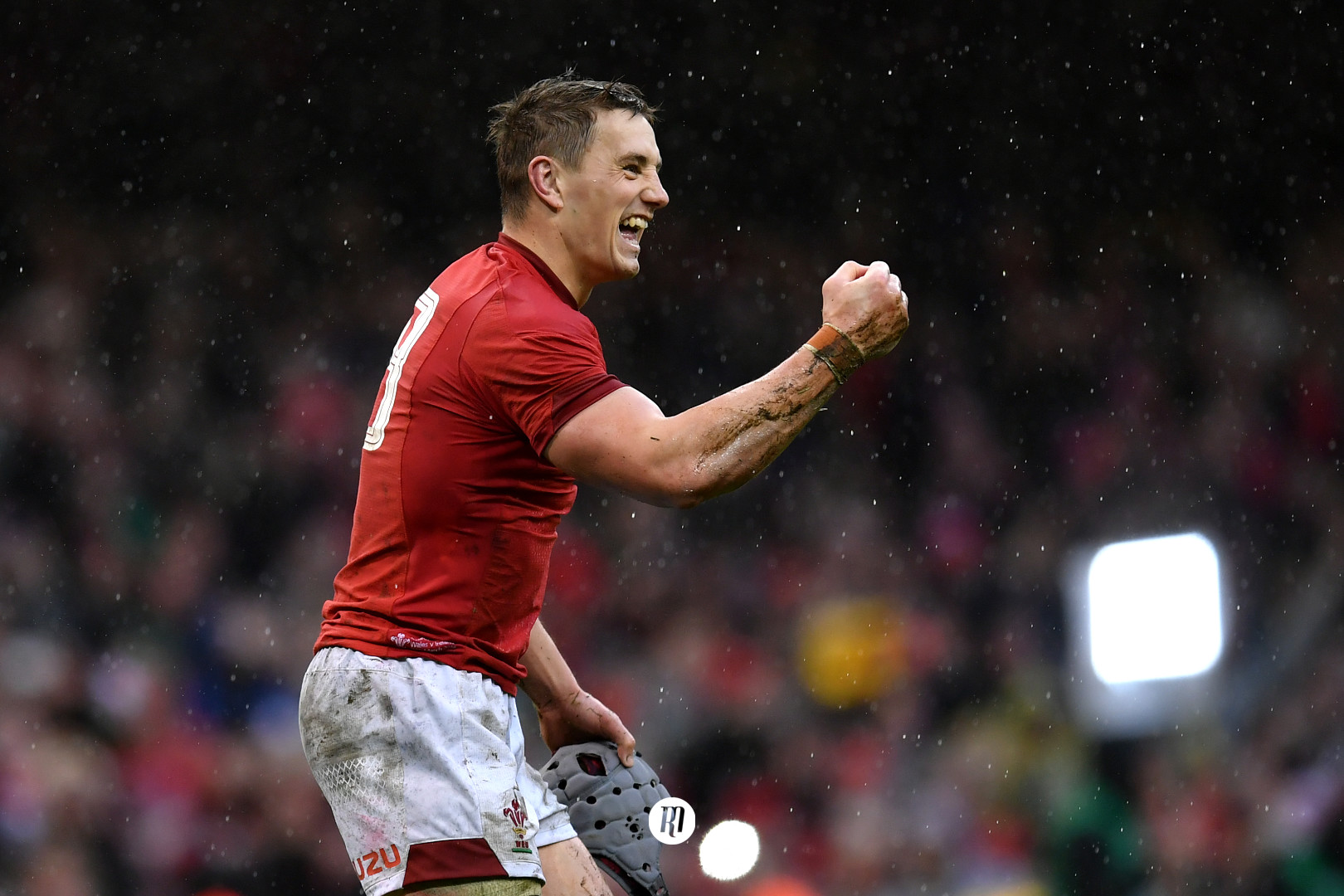Setting the record at seven: Tom Curry vs Sam Underhill, an out-and-out headache
The once barren landscape of England's 'six and a halves' is unrecognizable from the once heavily criticised openside stocks of 2015. Leading the youthful charge at seven are the duo of Tom Curry and Sam Underhill. But, with both young men impressing in their short Test careers to date, who should start at seven for England at the World Cup?
For the first time in what seems like an age, although in reality is closer to roughly 16 years, England have a healthy, balanced backrow. Gritty Newcastle Falcons flanker Mark Wilson, currently a Sale Sharks player ahead of a season-long loan, has leapfrogged former international captain Chris Robshaw, pushing the Harlequins flanker out of the squad entirely. Billy Vunipola is, without doubt, the best in the world at what he does at the back of the scrum. Injury alone will shift the bulldozing backrower from his spot in the starting XV; an all too common occurrence for the Australian-born, Tongan heritage bulldozing backrow. Wilson's workmanlike, well-rounded game works as a healthy foil for Vunipola's explosive exploits, while a newly regenerated openside berth has handed England the finest balanced backrow since the days of Hill, Back and Dallaglio.
England boss Eddie Jones finds himself blessed with arguably the best depth of his three backrow spots at openside, with Sale’s Tom Curry and Bath’s Sam Underhill leading the striplings' charge, and backed up by the likes of Lewis Ludlam, Ben Earl and Tom's twin brother Ben, to name a few. England's dearth of 'out and out' opensides has been curtailed. The not-so-long past days of the Robshaw and James Haskell era, better known as the ‘six and a half’ problem, is some way off the current landscape on the openside.
The blessing of strength in depth comes hand in hand with selection headaches, and the seven jersey is just one area Jones could be reaching for the Nurofen.
The most popular comparison you’ll come across when making the case for drafting one particular openside over another is a player's propensity to pilfer opposition possession. Many fans and general observers rate their preferred seven by the accuracy of their best David Pocock impression; much as any winger of considerable stature and Pacific Island heritage are compared to the late great Jonah Lomu, it’s inevitable. However, both Curry and Underhill have proven themselves apt breakdown attendees for both club and country, and while neither are renowned for claiming Pocock-esque turnovers thus far, both attend a healthy number of breakdowns. The pair spend more than their fair share of time wrestling above the ball, slowing down opposition possession rather than actually handing England new ball. A trait the latest British and Irish Lions skipper Sam Warburton built a 79-cap career on for Wales.
There are just four kilograms between Underhill (103kg) and Curry (99kg), a negligible difference. But the former tends to use his wider frame and added bulk to establish a firmer stance when attempting a turnover. Curry, meanwhile, stands in a more athletic mould and uses said mobility to dart from ruck to ruck at a, marginally, swifter rate and act as the more proficient of the two as a link player. In reality, the differences between the openside duo’s ability at the breakdown is negligible and will make little bearing between them when it comes to selection. No, it is more likely that injuries throughout the rest of Jones's pack will play a far more influential role in their selection or non-selection.
While he is less mobile than Curry, Underhill already boasts a healthy highlight reel that proves he is no slouch, especially when making a B-line to a defender or the tryline. That tackle on Welsh centre Scott Williams in 2018 shot Underhill to recognition to the casual fan that tunes in for only the Six Nations each year, further compounding his popularity and recognisability with that sensational non-try against New Zealand later that year. A try that, had it not been chalked off after Courtney Lawes had been deemed offside at the charge down, could have seen England triumph over the usually infallible All Blacks. Underhill will likely rely on this attacking attribute and heavier-set physique to unseat Curry, the current incumbent to the seven jersey after starting England’s last five games.
Underhill’s heftier carrying could amount enough to shift Curry if Jones deems the ball-carrying quota throughout the rest of his pack unsatisfactory. Both Vunipola brothers, Kyle Sinckler and Maro Itoje are now key carriers in the England pack, with the likes of Jamie George, George Kruis and the Wilson and Curry flanker pairing also lending their weight, but specialising in other areas. The loss of one of Sinckler, Itoje or one of Mako and Billy Vunipola, Jones may wish to spread his ball carrier more evenly throughout his forwards unit, seeing Underhill shifted ahead of curry. Given the Vunipolas' injury history, with Mako currently facing a race to return for the start of the World Cup after tearing a hamstring off the bone in May, Underhill could easily find himself leapfrogging the relentless Curry to a starting role in Japan in major pool games against Argentina and France and potentially the knockout stages.
Another interesting twist in the debate for the seven jersey is the inclusion of Northampton Saints flanker Lewis Ludlam. The 23-year-old that was once released by the Northampton Academy only to fight his way back after impressing while playing mens club rugby retains his relentless edge on the pitch, covering across the entire backrow as a tireless ball carrier and credible lineout option. Compared to Curry and Underhill, Ludlam is an inexhaustible source of hard-earned running meters. He rarely makes the type of impacts 126kg+ number eight Billy Vunipola does but is one of those coach favourites that never gives up on the carry, usually scragging himself an extra metre or two after initial contact.
Ludlam’s selection is undoubtedly thanks in part to his ability to cover all three backrow positions, play at the lineout and add some impetus in training sessions, but the fact that Jones has included a backrower of prodigious carrying potential does perk up the ears of any hoping Underhill will win the battle for the seven jersey in Japan.
Those in Curry’s corner was rest assured in the fact that the more popular, with Eddie Jones anyway, of Sale’s twin opensides is the man last in possession of the jersey, and has displayed a level of bloody-mindedness that we know Jones so loves, the rise of Mark Wilson comes as another such example of such.
Games against Wales, Ireland and Italy may well be where Jones makes this selection decision, with the renowned defences of Wales and Ireland presenting prime opportunities to compare Curry and Underhill in alternative weeks to gauge their offerings. The opportunity to start both opensides also presents itself against Italy, with many suggesting that Underhill possesses the attributes needed for an international blindside. This would then present Jones the opportunity to rest Billy Vunipola and hand Wilson a start at number eight before the World Cup.
Having rebalanced his side at the start of 2018/19 season following a disastrous 2017/18, Jones will be hunting for as much continuity as he can muster if he still harbours hopes of winning the World Cup, meaning a decision between either of Curry and Underhill will need to be made, and promptly. After all, neither has yet made it past 10 caps, and will surely benefit from a continued run in the starting XV. A feather in Curry's cap perhaps?

Filed under:
International, Rugby World Cup, England
Written by: Alistair Stokes
Follow: @alistokesrugby · @therugbymag
